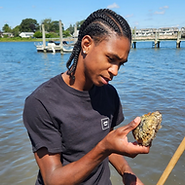
We are four Connecticut towns (Groton, Ledyard, Stonington, and North Stonington) and two Tribal Nations (Eastern Pequot and Mashantucket Pequot)
United in the care of our waterways and all the communities they support.
“The rivers flow through us.”
–Derrick L. Strong, co-founder, Eastern Pequot Tribal Nation Citizen
Lantern Hill and Long and Bush Ponds
Photo Given by the Lantern Hill Valley Alliance
Watershed Regeneration
Action Plan
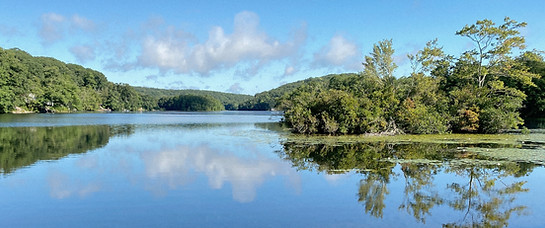
A community-based, tribal and youth co-led effort to restore the Mystic River Watershed (CT) through regenerative solutions like sustainable design, policy change, and land care. Rooted in community engagement and guided by both local knowledge and science, the WRAP serves as a comprehensive guide for funding, executing, and evaluating site-specific regenerative projects.
About the Watershed

The Mystic River Watershed in Connecticut covers approximately 47 square miles, flowing through the Eastern and Mashantucket Pequot Tribal Lands, Stonington, North Stonington, Groton, and Ledyard. The River flows into the Long Island Sound, playing a crucial role in the health of this important estuary.
The Watershed supports a diverse range of habitats — from freshwater streams and wetlands to tidal estuaries — providing critical homes for many species, including:
-
Beavers
-
American Eel
-
River Herring (Seeqanamâhsak/ Alewife)
-
Eastern Oyster
-
Great Blue Heron (bet you could have guessed it), and many other migratory birds and native freshwater fish species, such as Brook Trout and Catfish.


The Watershed holds deep cultural and spiritual significance for the Native peoples who have cared for these lands and waters for generations. The river has long been known as Missi-tuck—a name that predates colonial maps and carries the deep memory of this land. It remains a vital lifeline—supporting not only recreation and environmental education for local communities but also serving as a living system that sustains life, buffers against flooding, and maintains water quality naturally.
Our restoration efforts honor this legacy by embracing regenerative practices that work in harmony with the watershed’s natural processes. Through green infrastructure, habitat restoration, pollution elimination, and community stewardship, we collaborate with the land and waters—rather than trying to control or manage them—to heal and strengthen the entire ecosystem for current and future generations.

What We Do
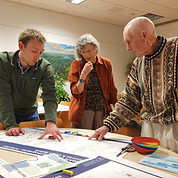
Strengthen community resilience
by expanding inclusive participation in decision-making, stewardship, and leadership.
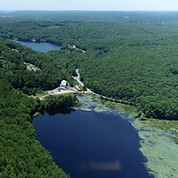
Restore water quality and habitats
to support thriving ecosystems and long-term ecological health.

Coordinate and inform climate response
by supporting efforts to reduce risks and adapt to the impacts of a changing climate.
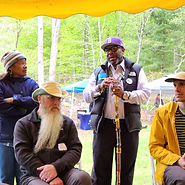
Advocate for climate-smart development
that prioritizes healthy environments, equity, and resilient, thriving communities.
